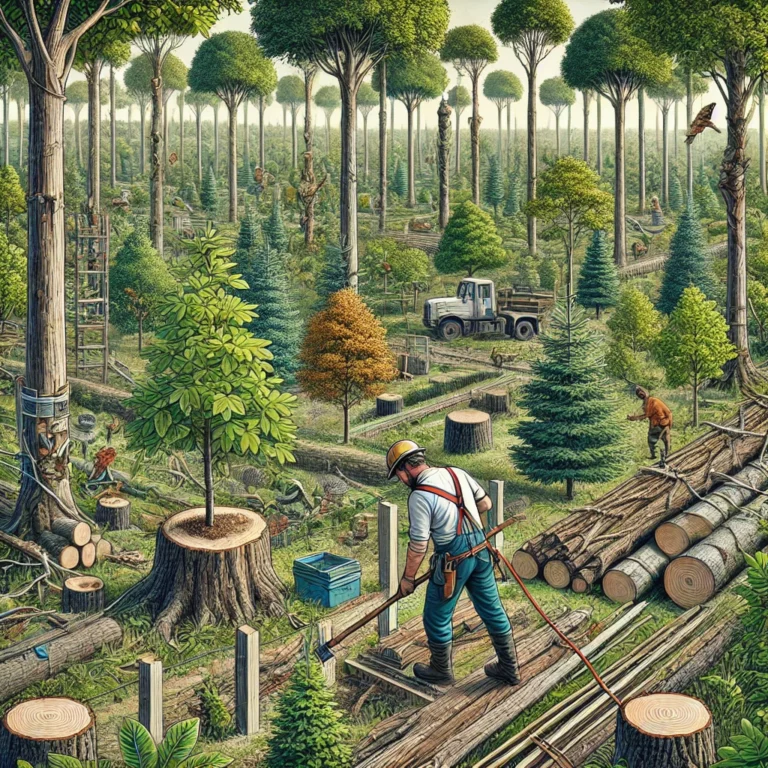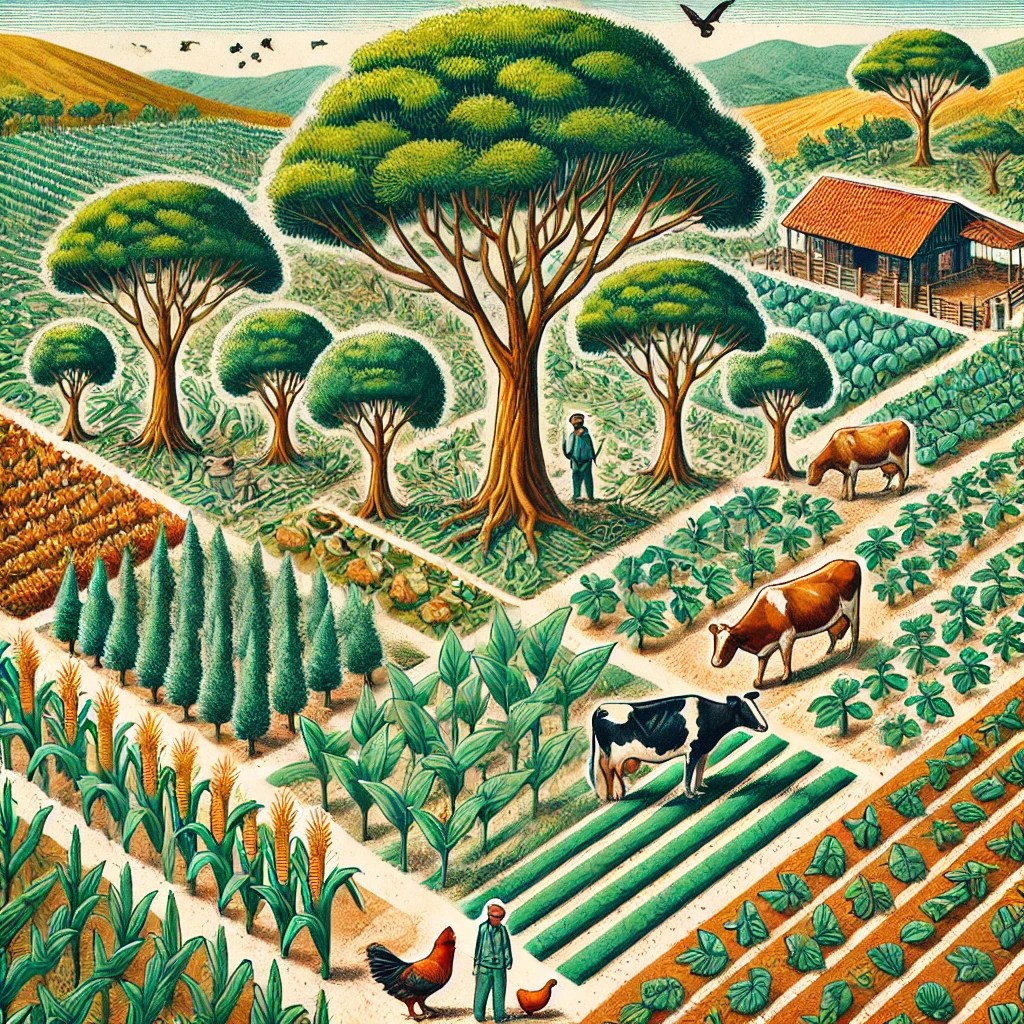🌿 Forests: Nature’s Own Healing Garden
Forests are far more than collections of trees—they’re vast, breathing ecosystems teeming with life and wisdom. Hidden beneath their canopies lie countless medicinal plants, many still unknown to modern science. In India, trees like Bael (Aegle marmelos) and Ashoka (Saraca asoca) have been used for centuries in healing practices. These forests aren’t just nature’s lungs—they’re also its apothecaries, nurturing remedies passed down through generations.
🌾 The Roots of Tradition: Ethnobotany in Forest Life
Forests and folk knowledge go hand in hand. Indigenous and rural communities have always turned to the forest for food, medicine, and rituals. This intimate bond is the essence of ethnobotany—the science of how people use plants. Across India, tribal knowledge has catalogued thousands of wild plants, each with a story and a purpose. Preserving this age-old wisdom is crucial—not just for cultural heritage but for unlocking nature’s hidden potential.
🌍 Forests as Climate Protectors
As the climate shifts and extremes grow harsher, forests play a quiet but powerful role in holding the line. They cool the earth, trap carbon, and act as shields against erosion and drought. In drier regions, hardy trees like Bael thrive where others can’t, anchoring the soil and sustaining life. These natural guardians offer hope for climate resilience, especially in landscapes on the edge of desertification.
🌳 Sacred Groves: Ancient Sanctuaries of Biodiversity
In many parts of India, forest patches are protected not by laws but by beliefs. Known as sacred groves, these spaces are considered the dwelling places of deities or ancestral spirits. Left untouched for centuries, they shelter rare plants, birds, and insects—some found nowhere else. These groves remind us that spiritual respect for nature can be one of the most effective conservation tools.
🌱 When Farms Meet Forests: The Promise of Agroforestry
Agroforestry is the art of growing trees and crops side by side—a practice as old as farming itself. It blends the productivity of agriculture with the resilience of forests. Trees like Neem, Bael, and Arjun enrich the soil, attract pollinators, and offer shade and medicine—all while supporting farm income. It’s a model of sustainability rooted in tradition, ready for the future.





